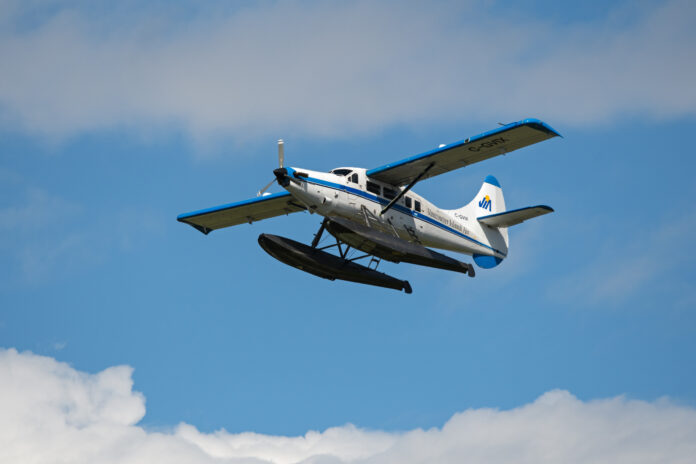Aviation regulators in Canada and the United States are being urged to order the immediate inspection of a type of Canadian-built float plane involved in a deadly crash in Washington state.
The U.S. National Transportation Safety Board issued an urgent safety recommendation Thursday, calling on Transport Canada and the U.S. Federal Aviation Administration to require immediate inspections of De Havilland Canada DHC-3 airplanes, better known as the DHC-3 Otter.
The recommendation says a crucial part of the Otter’s horizontal tail stabilizer appears to have come apart on the Friday Harbor Seaplanes aircraft that crashed into Puget Sound north of Seattle in September, killing all 10 aboard.
The regulator says the part might have failed because a clamp nut that attaches two sections may have unscrewed and the lock ring that would have prevented the separation was either missing or improperly installed.
Trending Now
Shania Twain 2023 world tour: Singer plans 17 stops in Canada
Eight Vancouver restaurants tapped for coveted Michelin star rating
Transportation safety board officials in the U.S. say they and the Transportation Safety Board in Canada have asked the Otter’s Ontario-based manufacturer to draft instructions advising all operators of that type of aircraft to inspect the tail stabilizer to ensure the lock ring is present and correctly installed.
Transport Canada did not respond to a request for comment.
In an emailed statement, Richmond, B.C.-based Harbour Air Group says it recently completed an additional inspection of its De Havilland Otters to examine the parts identified by the NTSB.
Meredith Moll, vice-president of sales and marketing with Harbour Air, says nothing was found and “all aircraft have returned to service.”
The single-engine, high-wing, propeller-driven DHC-3 Otter went into production in the early 1950s and, because of its short takeoff and landing capability and its versatility with skis or floats, it was primarily intended as a bush plane.
It is used by numerous charter airlines in Canada and the United States, including Harbour Air and Campbell River, B.C.-based Vancouver Island Air.
© 2022 The Canadian Press



